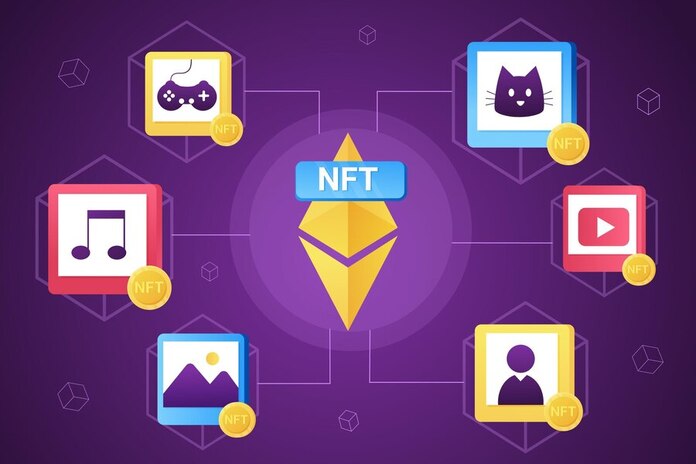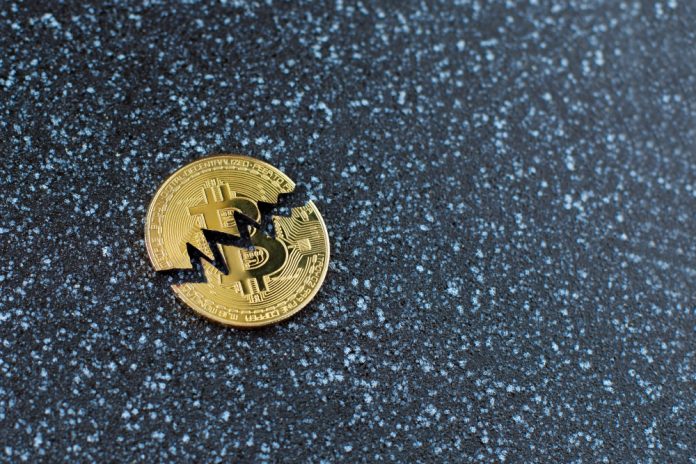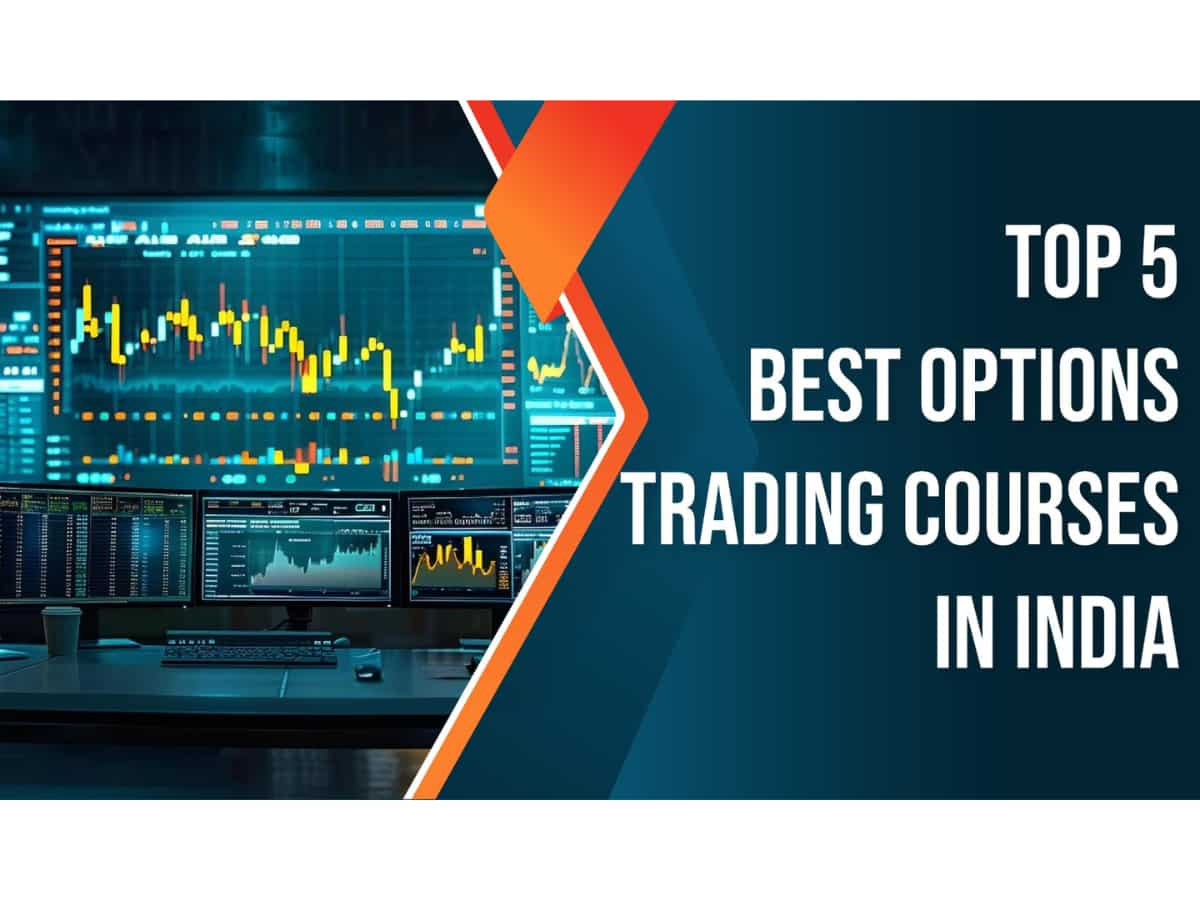Each year, B-Stock facilitates the movement of billions of dollars worth of returned and overstock inventory via the world’s largest B2B recommerce marketplace. This means, of course, that we sit in the middle of a two-sided network made up of both sellers and buyers around the globe. As a marketplace facilitator, B-Stock is only successful when we deliver results for everyone involved. What keeps buyers coming back is easy, consistent access to the bulk inventory they need, high listing accuracy, and confidence in the quality of the goods. On the other side, our sellers trust us to deliver multiple benefits: That last point will be the focus of this piece. Establishing a thriving and ever-growing worldwide buyer base is no easy task. It’s an ongoing effort that’s been central to our mission for nearly twenty years now, and it’s undoubtedly one of our proudest achievements. But how exactly do we keep this up? How does B-Stock reach its buyers? How do we keep them informed and engaged? How do we advise our sellers to take advantage of all of this demand with their supply? Read on to find out. About Our Buyers One of the first questions that businesses ask as they explore B-Stock is “Who will be purchasing our goods?” It’s a fair question, as buyers are the lifeblood of any marketplace. Entrepreneurs vs Power Buyers Although our buyers vary enormously in what kind of goods they’re looking to purchase, B-Stock generally classifies each buyer into one of two main groups, Entrepreneurs and “Power Buyers.” Entrepreneurs typically purchase less than $50,000 in gross merchandise value (GMV) in a rolling 12-month period. They’re often small business owners or perhaps part-time enthusiasts running a side hustle. Either way, their revenue is typically below $100,000 per year. Our Power Buyers, on the other hand, are those that purchase more than $50,000 in GMV in a given 12-month span. They represent larger operations, including medium- to enterprise-sized businesses that employ multiple full-time workers. Annual revenue for this group is typically above $100,000 annually, with one in ten of them bringing in over $1 million of revenue per year. Aside from total GMV, these Power Buyers are also distinct in the volume of lots they buy and how frequently they bid on the B-Stock marketplace. Even so, both groups are important. What Does Each Buyer Type Bring to the Table? Although Power Buyers are just 16% of our buyer base, they account for 66% of bids and 71% of all orders placed on the B-Stock platform. Their average order value is also four times that of Entrepreneurs’ orders, making them critical to any storefront’s success. They are the most loyal, consistent, and important buyers and we strive to give them the best experience possible. So what do Entrepreneurs bring? These smaller buyers matter too, as they represent and sustain a high level of demand throughout our marketplace and create auction competition that drives up recovery rates and extracts the highest willingness to pay from the eventual winner. They also bid on and purchase smaller lots that might not make sense for a Power Buyer that requires larger volumes. Critically, many of our Entrepreneurs have the potential to become Power Buyers if their initial experiences are good. Purchasing Behaviors of Our Buyer Groups While there are far fewer of them, Power Buyers place the majority of the total amount of bids and they lead the way on orders and average order value. This is important to note because it’s not just how much these two groups purchase on B-Stock that differs, but the kinds of lots they look for. Our data shows that 90% of Entrepreneurs’ purchases are Less-than-truckload (LTL) auctions, while Power Buyers purchase Truckload-sized lots at more than three times that rate. The key takeaway here is that Power Buyers are running larger operations and looking for far more inventory than Entrepreneurs are when placing their orders. They’re looking for truckloads and ways to find inventory on a consistent basis and are responsible for fewer individual transactions, impacting the selling methods and the strategies that B-Stock’s expert Account Managers will recommend when we consider the inventory to be sold and how to maximize recovery. The Reach of Our Network Dots on the maps below show the distribution of B-Stock’s buyers and just how vast our network is, particularly within the United States and Europe. There’s a high likelihood of having appropriate buyers nearby, no matter the category, quantity, or condition of the goods. Of course we can also give more granular insights into the buyer distribution within specific inventory categories or regions. How B-Stock Drives Buyer Demand Now that we’ve covered the buyer groups, let’s take a look at what exactly B-Stock does to drive buyer demand towards seller’s storefronts. The Magic of Marketing B-Stock has a dedicated, full-time marketing team that focuses on continuously driving buyer demand across our marketplace as a whole and ensuring that relevant buyers are directed to new storefronts. The marketing team partners with B-Stock’s sellers and their Account Managers to ensure that we’re bringing in the right crowd for them. There are three main phases to marketing for a new seller after they sign with B-Stock: Pre-launch Phase B-Stock hits the ground running by building awareness for a seller well before their first listing goes live. This stage includes designing logos and branded assets for an upcoming storefront, early email communications to potential buyers, buyer-minded search engine optimization (SEO) of each storefront, and teaser ad campaigns. Storefront Launch During the storefront launch phase, we put our efforts toward generating bidding and buying activity for listed inventory. This includes optimizing lotting and listing practices, more detailed and targeted email communications, banners displayed on our own web pages, and further SEO. Post Launch and Beyond The post-launch phase is ongoing and prioritizes buyer satisfaction and the long-term success of each storefront. Expect this to include assistance with expanding the inventory offered and regions served. Further, we’ll help educate buyers on the products being sold and collect and analyze buyer feedback to ensure buyer retention. Our Marketing Funnel & Tactics Our buyer marketing funnel comprises four main stages: Awareness & Discovery, Consideration, Conversion, and Loyalty & Retention. Awareness & Discovery Awareness & Discovery is all about building familiarity with B-Stock and staying at the front of potential buyer’s minds. We deploy tactics to find buyers where they live, so to speak. We run digital ads across the internet and invest in search engine marketing (SEM) to ensure every storefront appears near the top of the results page for relevant queries. Content quality is also key to ranking well on Google, so we apply SEO best practices—like using proper keywords, title tags, and meta descriptions—across our own website and on seller storefronts. Additionally, we’ve search optimized the assets on the B-Stock Buyer Blog and Buyer Resource Center which is filled with articles and other resources. Consideration At this stage, buyers are trying to get to know us a bit more. They want to discover what kinds of goods are available on B-Stock, learn what it’s like to use the platform on a daily basis, and understand key differentiators that set us apart from competitors. Further, we publish buyer information pages, case studies, reseller spotlights, nurture emails, and notifications to help educate and inform buyers who are still considering us as a solution. Conversion The goal of the conversion stage is to encourage buyers to bid, win, and pay. To this end, we showcase certain listings and new storefronts on B-Stock, across our marketplace pages, on the All Auctions page, and in outbound communications to bring our sellers and their inventory to the fore. We can also deploy buyer incentives in partnership with our sellers to encourage first-time buyer activity. For example, we might place banners around our web pages that advertise a marketplace credit in exchange for making a first purchase on a newly launched storefront. Another conversion tactic we employ to continually engage buyers is the nurture email campaign. The content of these emails often includes our value propositions or highlights select seller storefronts. On-page notifications ensure key messages and promotions are visible to those browsing B-Stock, and they can be either targeted at specific buyers or address a broad audience. For our largest buying opportunities and contracts, we have a dedicated buyer growth team that contacts ideal buyers…
Source link






















